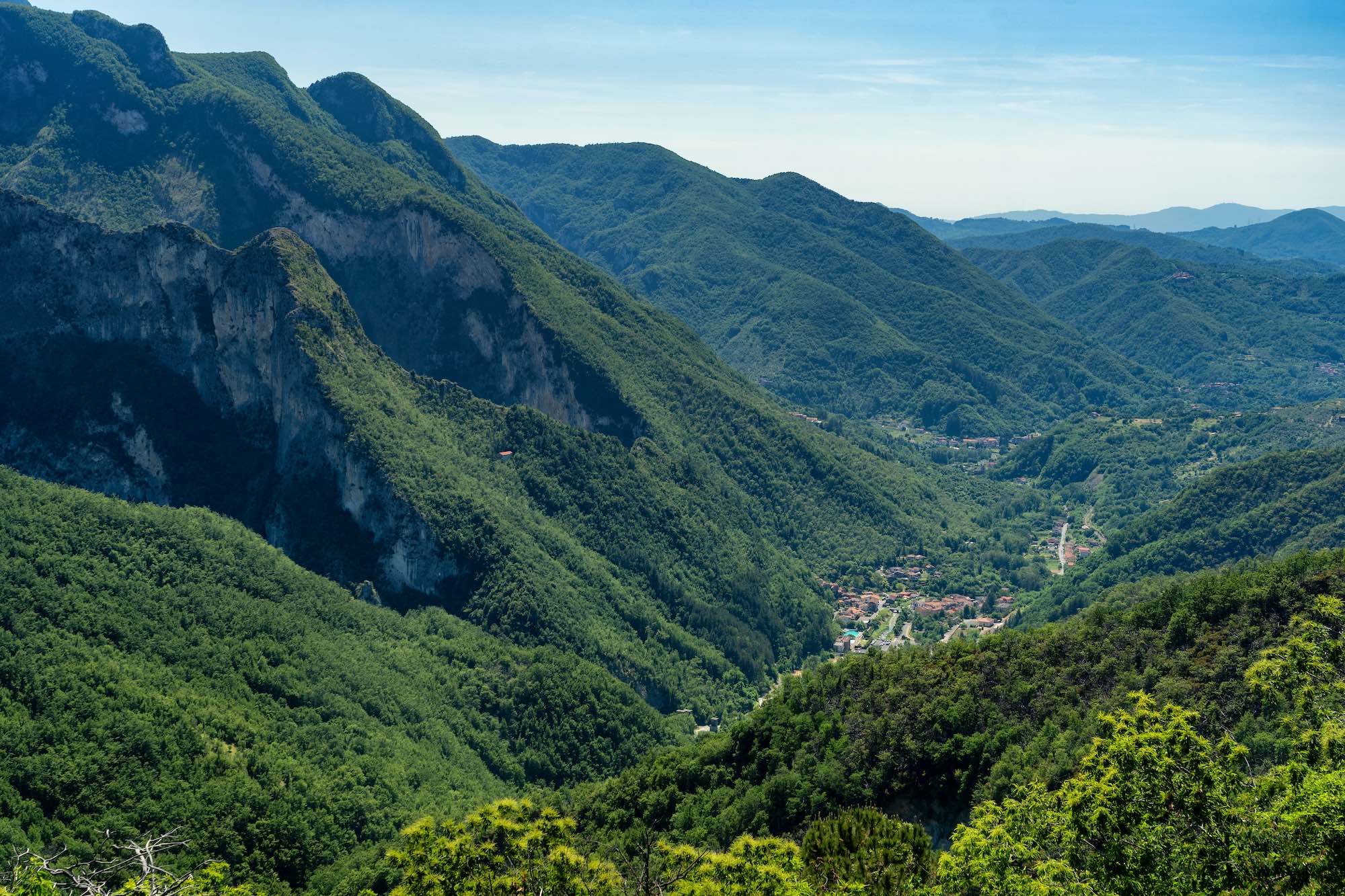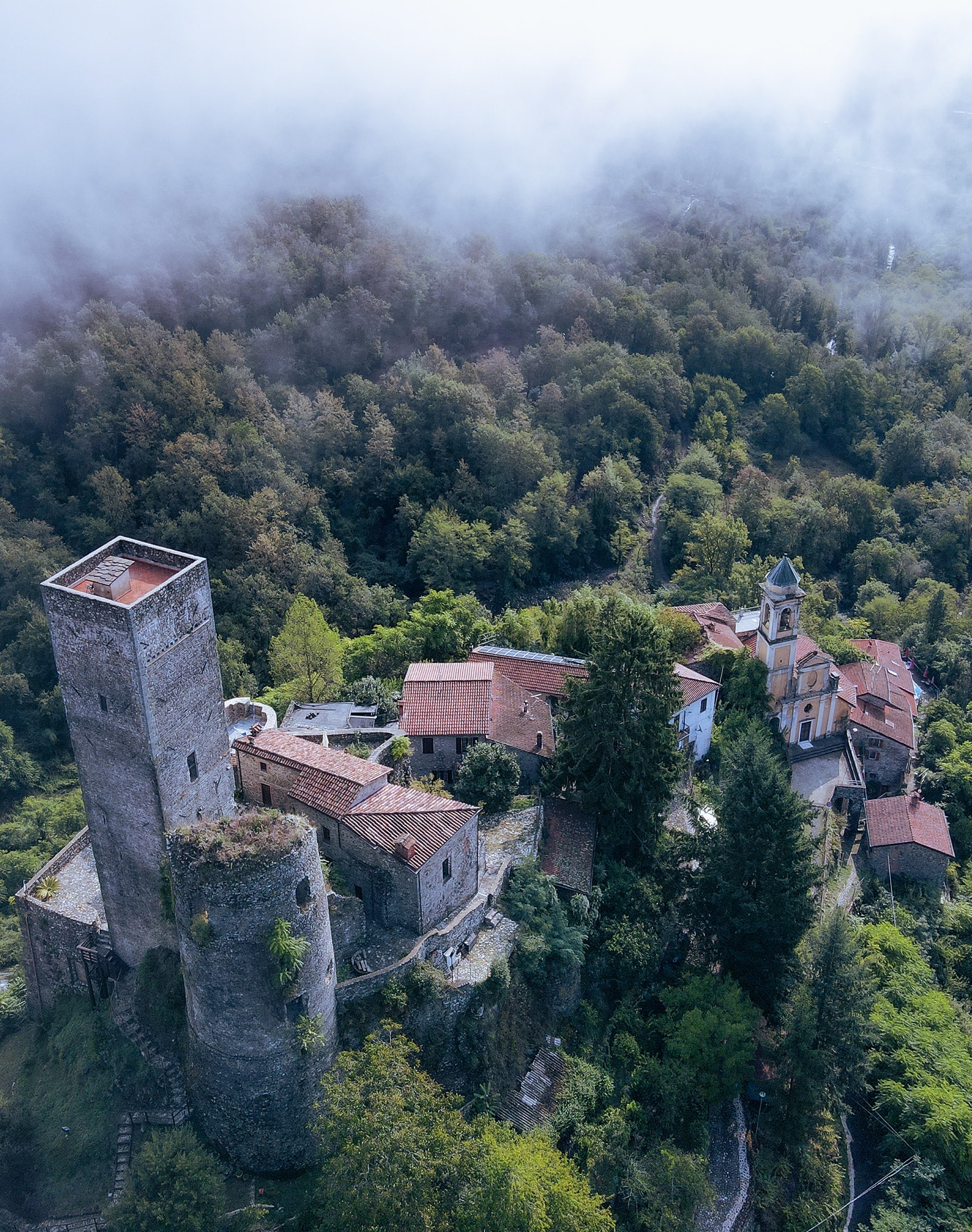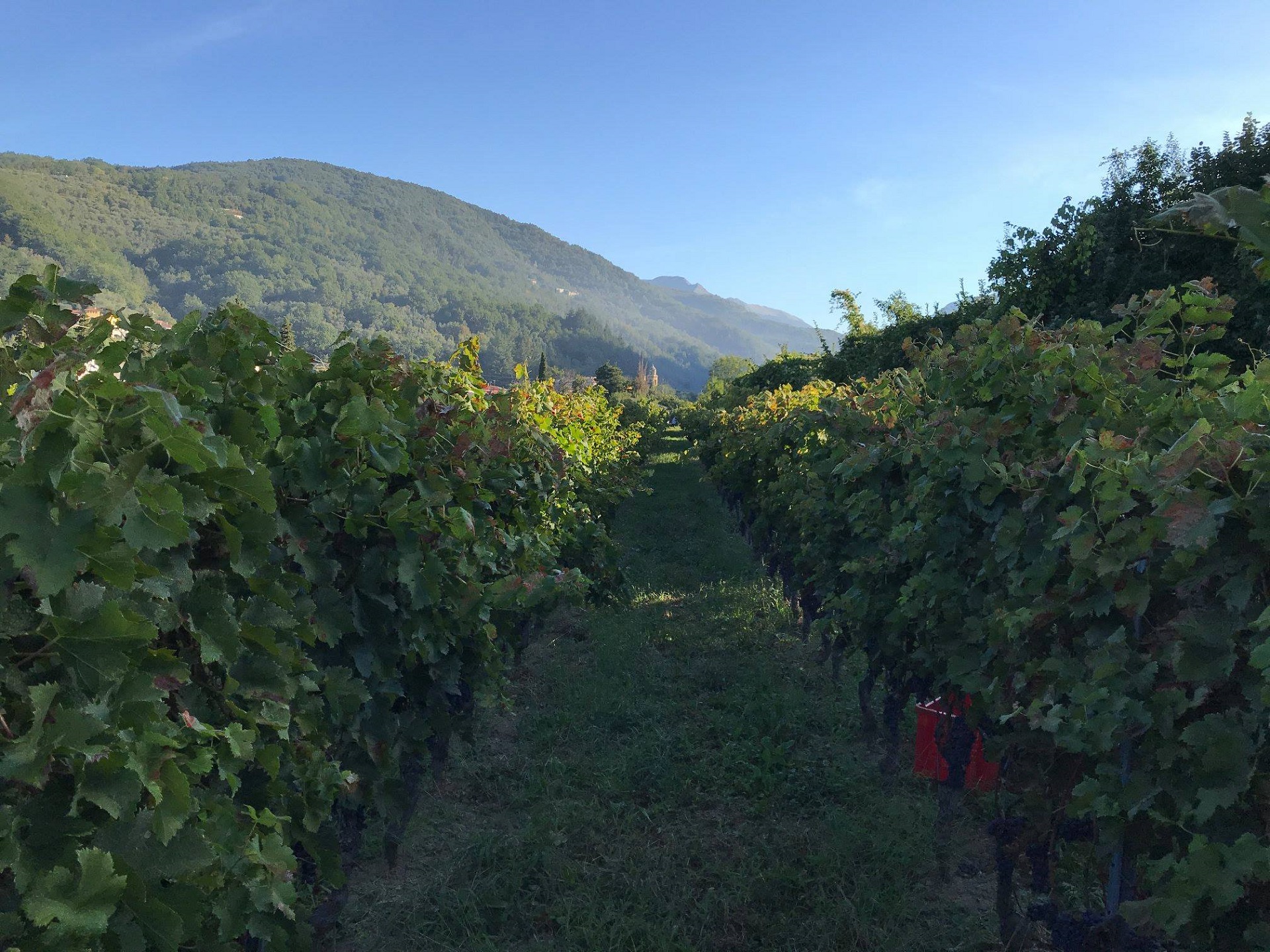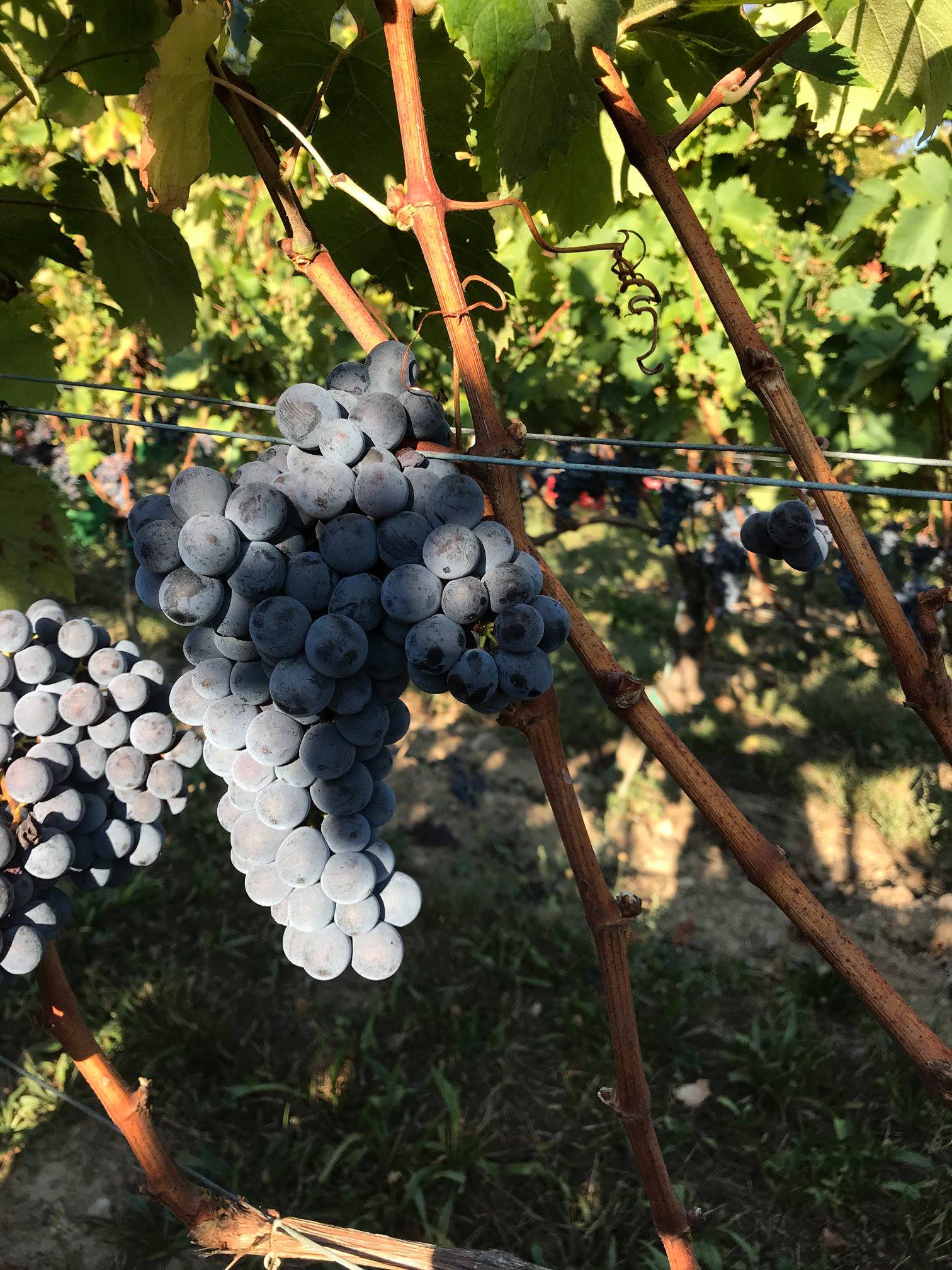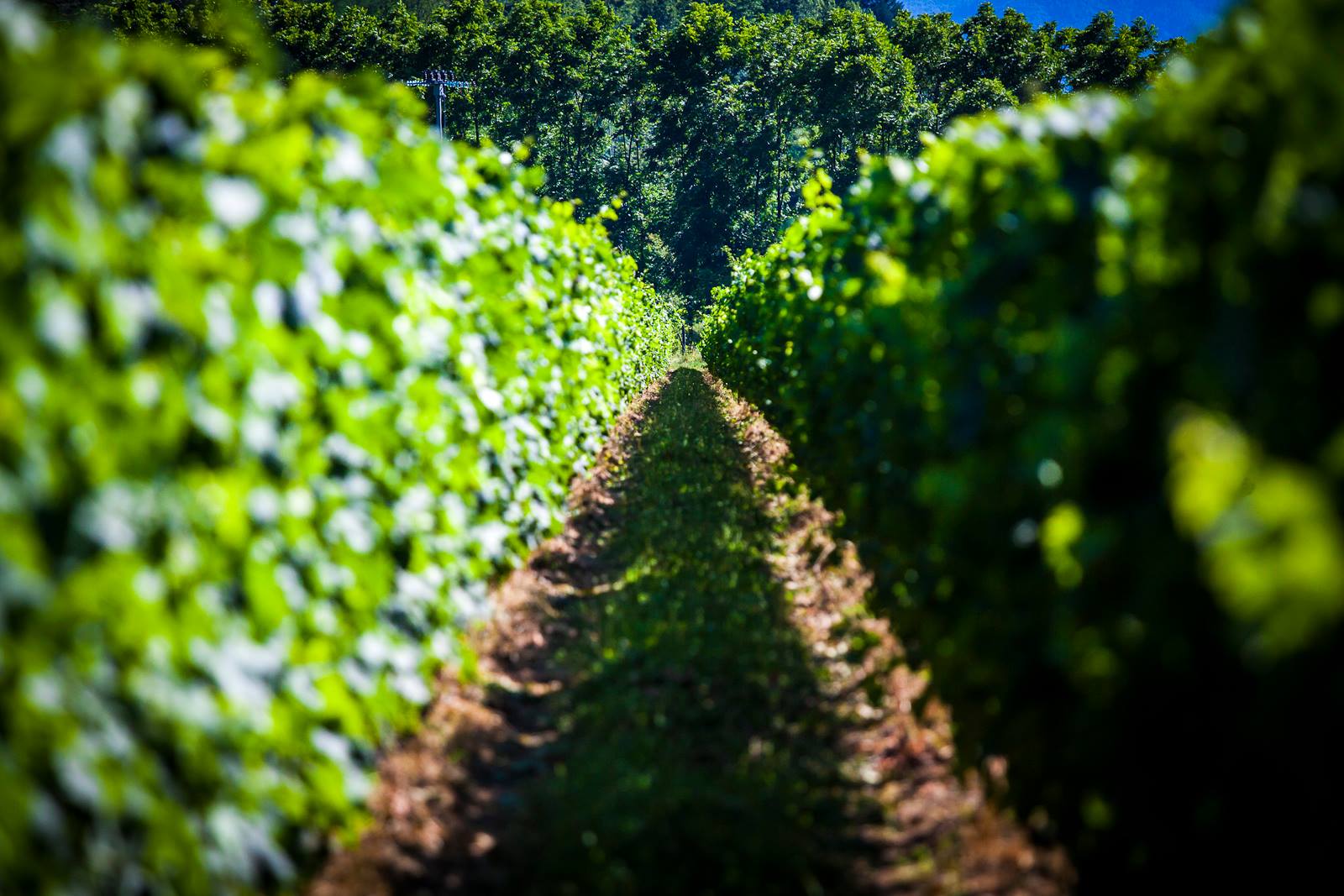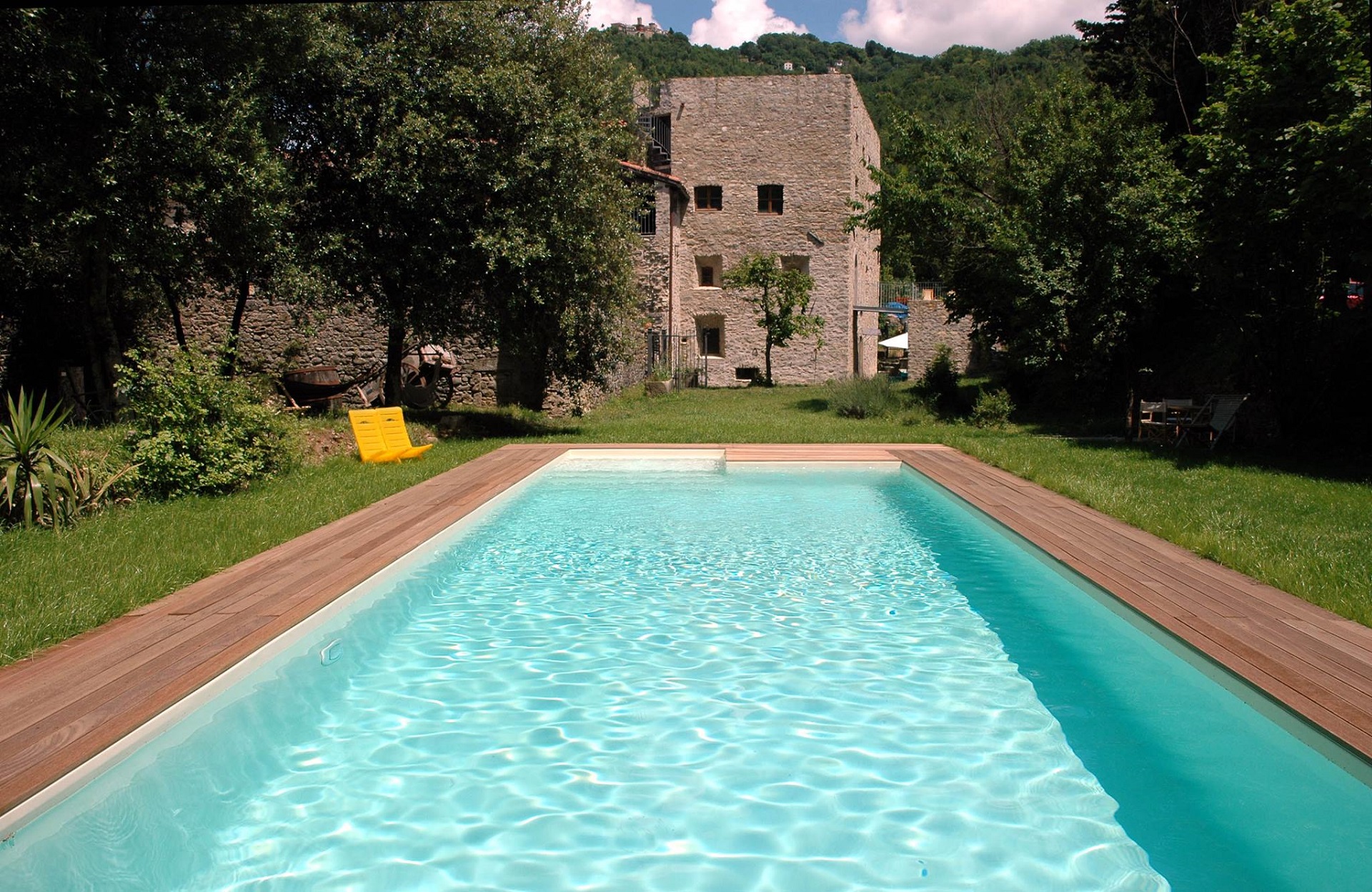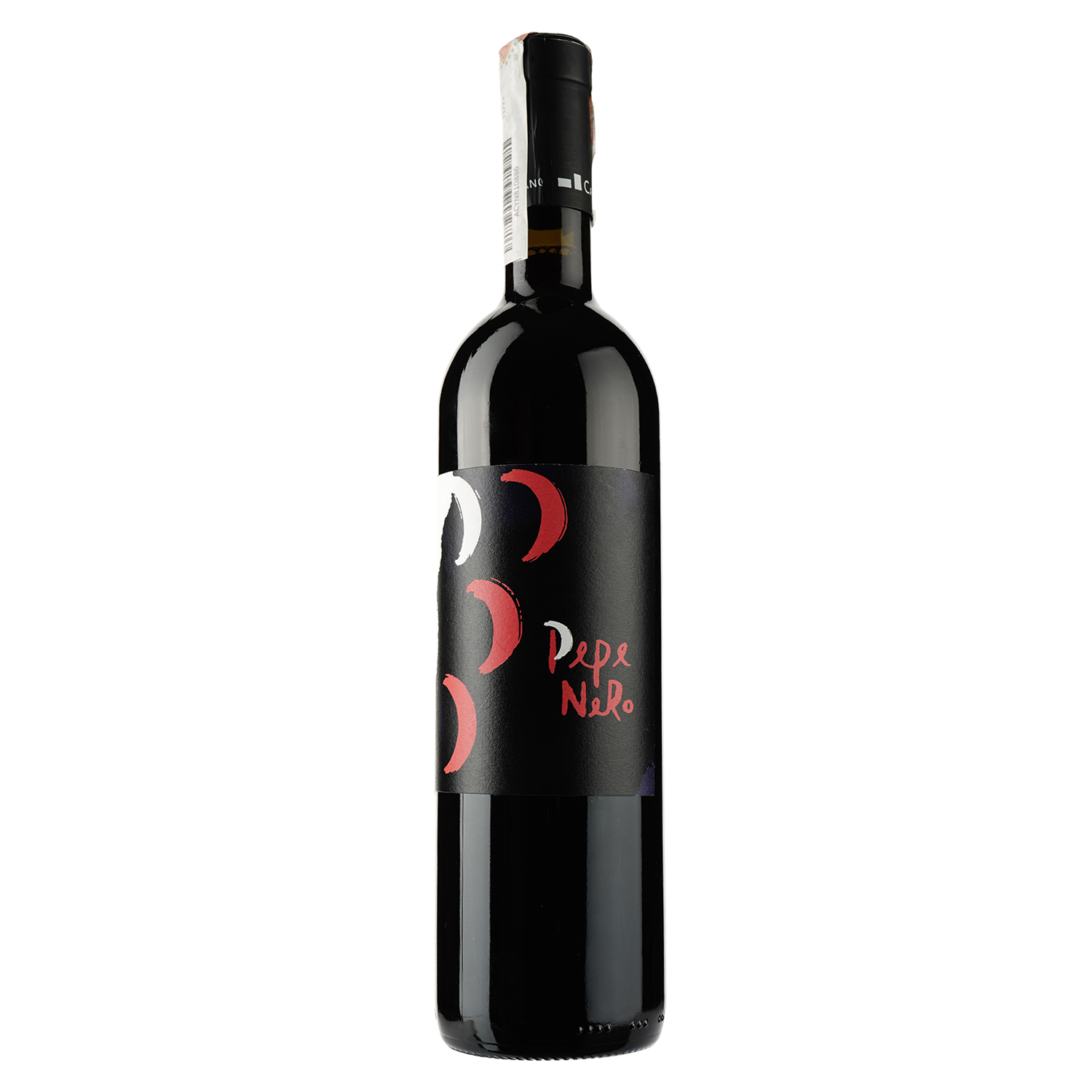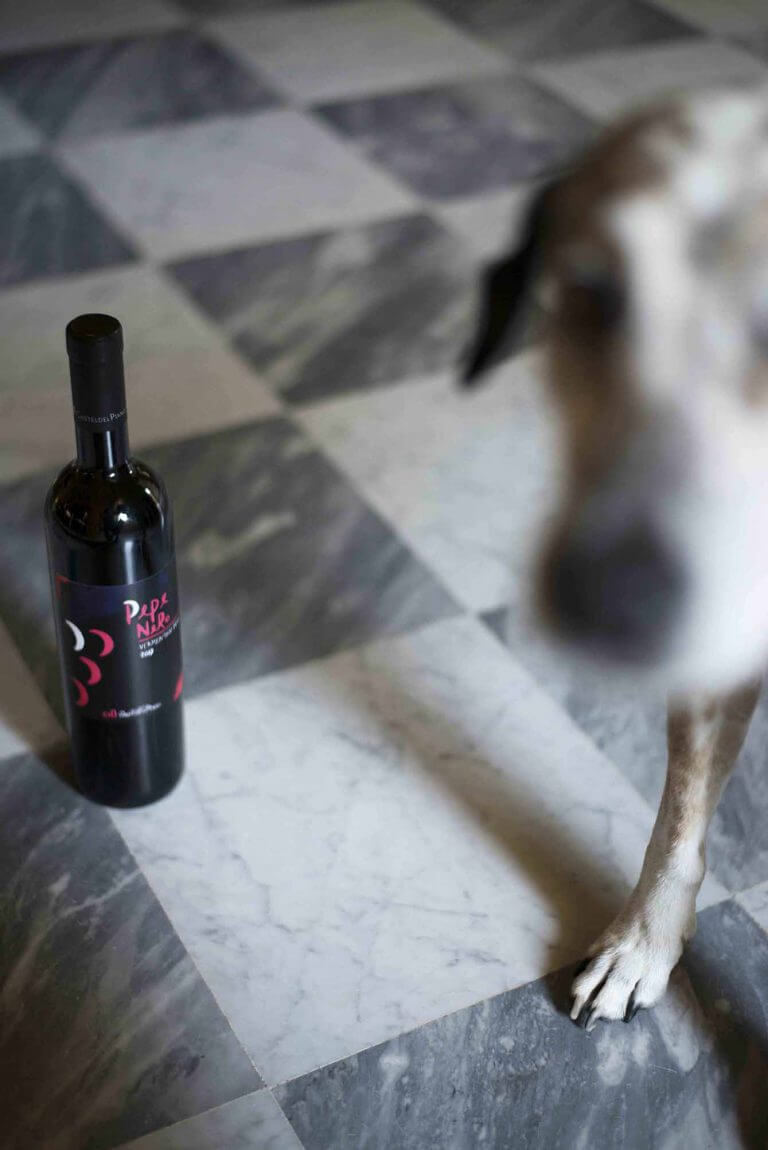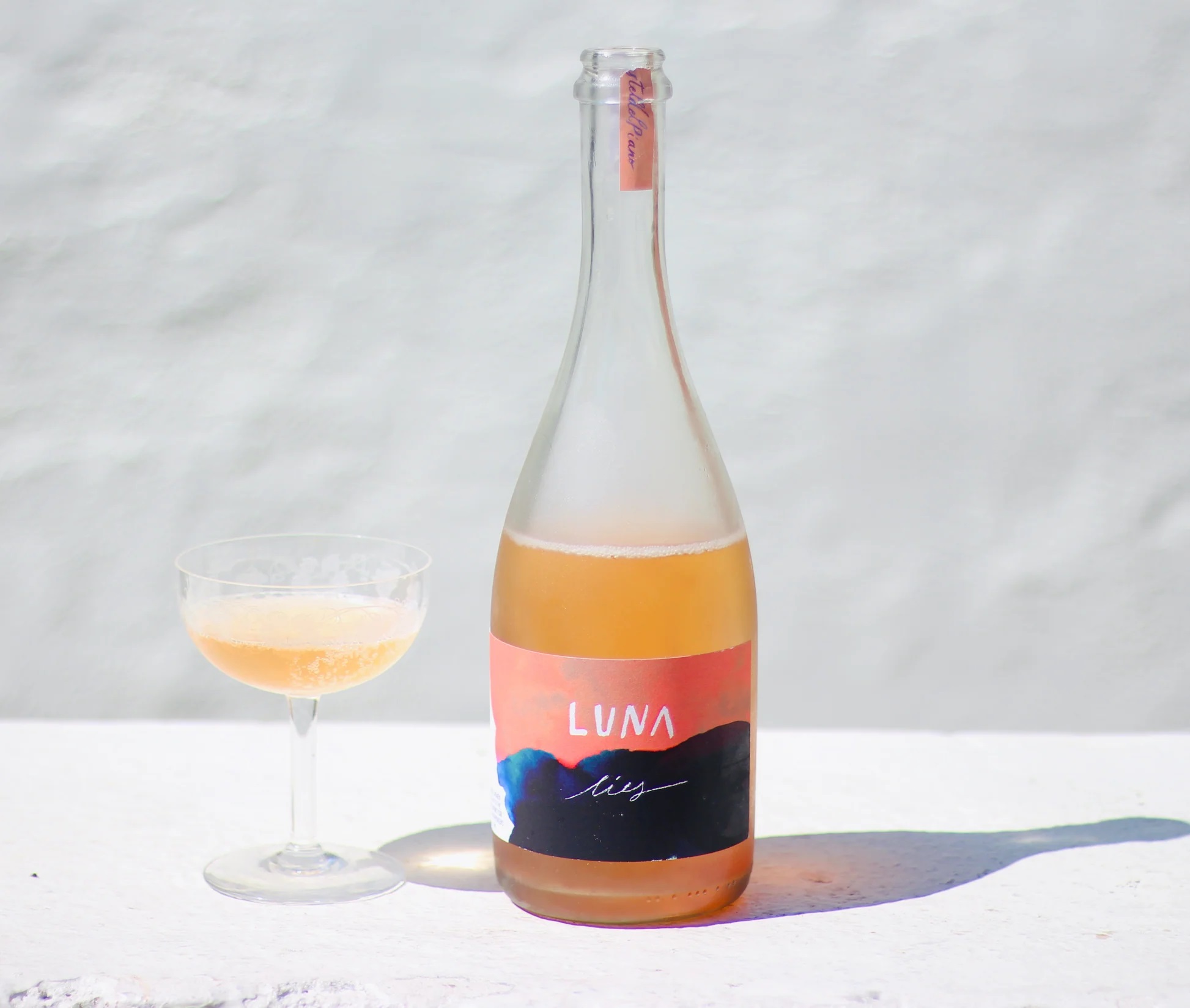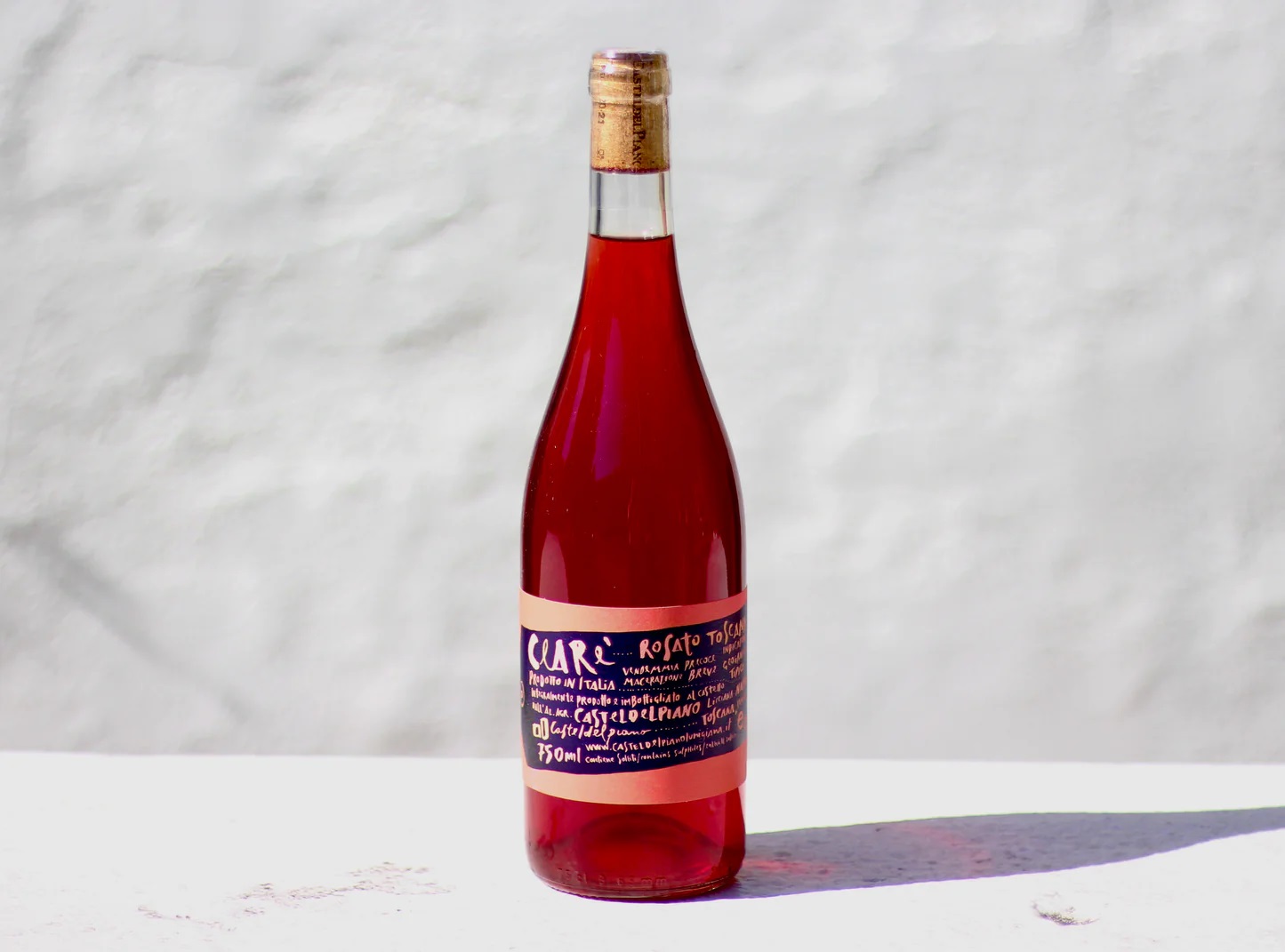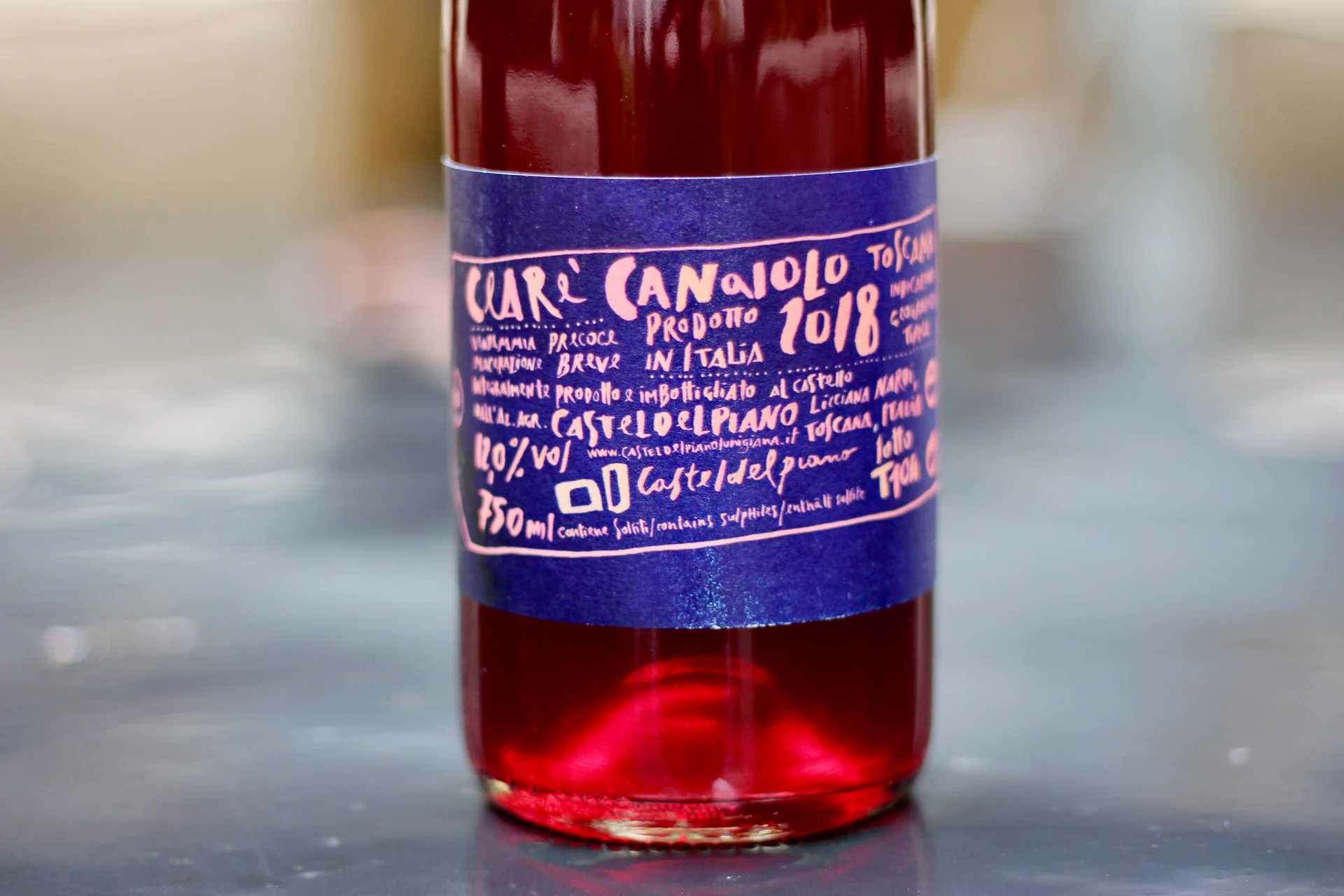Nestled between Tuscany, Liguria, and Emilia-Romagna, Lunigiana is a region of striking landscapes and a millennia-old history. For centuries, a crossroads for people and goods along the Via Francigena and the Salt Road, this unique geographical position has enriched its viticultural heritage. Its hills, adorned with vineyards, are the realm of indigenous grape varieties such as Vermentino Nero, Pollera, Marinello, Groppello, and Durella, among the 70 classified species, making it one of Italy’s richest regions for native grapes.
Among the vineyards, numerous castles, often in ruins but still majestic, dot the landscape from Pontremoli to the sea. A legacy of a flourishing medieval period, these fortresses, built to defend the borders of the Malaspina fiefdoms, recall an era of splendor and intense rivalries among local lords.
The ancient feudal system, dominated by the Malaspina, has left an indelible mark on the landscape, with medieval villages still intact and a dense network of castles strategically controlling the territory.
The historical and landscape complex of Lunigiana is completed by a religious heritage of inestimable value. Romanesque churches, abbeys, and oratories dot the territory, while the maestà, small votive chapels, are a touch of devotion along the country paths.
In-depth studies, conducted mainly by the University of Pisa, with the contribution of passionate local winemakers, have revealed the extraordinary diversity of the Lunigianese viticultural heritage, identifying, to date, about 70 varieties that are unknown in other parts of Italy. Unique varieties such as Vermentino Nero, Pollera, Marinello, Groppello, Durella, Albarola, Uslina, Lugliesa, Bracciola, Barsaglina, Caloria, Luagda, Pinzamosca, Verdella, Varano bianco, and many others have been recovered and vinified, giving life to wines that reflect the complexity and biodiversity of this territory.
Despite the loss, over the years, of some ancient winemaking traditions, especially in the inner valleys, Lunigiana continues to offer ideal conditions for vine cultivation. The hilly orography with its rugged Apennine features, mitigated by the influences of the nearby Tyrrhenian Sea, determines a particularly favorable climate for the production of quality wines. The summer drought, which characterizes the area with little rainfall in July and August, acts as a positive stress on the vine, concentrating the aromas and flavors of the grapes. The mild average annual temperature, around 15°C, and the wide diurnal temperature range favor a slow and complete ripening, reflecting in the organoleptic characteristics of the wine.
Castel del Piano: A Renaissance of Winemaking in Lunigiana
Beyond the Lagastrello Pass, descending into the Taverone valley on its left side, opposite the historic village of Licciana, lies the Azienda Agricola Castel del Piano owned by Andrea Ghigliazza and Sabina Ruffaldi. Passionate about wine, in 2003 they took a decisive turn in their lives. They left their comfortable jobs in a Milanese company and purchased a small medieval castle estate, hidden and abandoned, belonging to the Marquises Malaspina of Licciana.
In a few years, the old and dilapidated manor, once a summer residence of the nobles, was restored, agriculture was restarted with the replanting of some vineyards, and a winemaking cellar was built. In 2007, the first harvest preceded, one year earlier, the opening of the agriturismo.
Suspended 40 meters above the river, on an ancient riverbed transformed into a natural terrace, the vineyard, just over 2.5 hectares, extends over two bodies separated by a road. In this exceptional terroir, composed of deep deposits of stones, sand, and silt, Andrea and Sabina practice organic and biodynamic viticulture, respecting biodiversity. The vineyard hosts eight grape varieties with spontaneous grass cover, surrounded by hedges of native shrubs, olive trees, woods, and chestnut groves.
Soil vitality is maintained and promoted thanks to the use of self-produced compost from the harvest residues and biodynamic preparations such as horn manure, which enhances the microbial activity of the soil, improving its structure and pH. In this way, the soil, more resistant to drought and rich in nutrients, offers the best conditions for the development of plants and their root system, making the plant more resistant to diseases. Only copper and sulfur are used in the vineyards.
In the cellar, spontaneous fermentations take place, without the use of correctives, additives, or invasive practices. Selected yeasts or other enological products are not added, except for small quantities of sulfites during the vinification process.
Vermentino Nero: A Resurrected Gem of Lunigiana
Among the recovered indigenous grape varieties, Vermentino Nero, which according to some scholars is a genetic mutation of the more famous Vermentino Bianco. Its origins, probably linked to the coastal hills of upper Tuscany, are still unclear today. Already mentioned in 1874 in the bulletin of the Comizio Agrario di Massa as a fine grape for quality wines, Vermentino Nero is now vinified in various types, each with its own unique personality.
Immediately after the Second World War, Vermentino Nero was on the verge of extinction. Fortunately, in the 1980s, thanks to the efforts of pioneering winemakers such as Pierpaolo Lorieri of Podere Scurtarola, this ancient vine was saved from oblivion. Thanks to his in-depth studies, it was possible to establish that Vermentino Nero is a unique variety, without synonyms, and closely linked to the territories of the Candia dei Colli Apuani, Lunigiana, and Colli di Luini.
The vine has a pentagonal leaf, three and five-lobed, with a petiole sinus generally U-shaped. The medium-large berries are spheroidal or slightly ovoid, with a pruinose blue-black or blue-vinous skin. The bunch is cylindrical-pyramidal, winged, with a semi-woody and thick stem.
The wine shows an intense ruby red color, with lively violet reflections. On the nose, the bouquet is broad and persistent, characterized by floral aromas with evident spicy notes of great finesse. On the palate, it reveals itself full-bodied, with well-integrated tannins and a persistent finish, sometimes enriched by a pleasant bitter note.
A Symphony of Wines: Castel del Piano’s Varietal Expressions
Andrea is a winemaker who pays close attention to the evolution of the vineyard and the peculiarities of each vintage. In addition to Pepe Nero, a Vermentino Nero red, he offers a rosé, Clarè, which varies from year to year depending on the available grapes: Vermentino Nero, Pollera, Pinot Grigio, or Canaiolo. The early harvest and short maceration of two days make this wine perfect for a hot summer day. His ability to observe the maturations and grasp their proposal allows him to create unique wines, an authentic expression of the territory.
Luna Lies, on the other hand, is a sparkling wine made from an early harvest of Vermentino Nero and Canaiolo grapes, refermented in the bottle. The second fermentation is done with must from the same grape. The presence of yeasts in the bottle ensures longevity and typical aromas.
Lunigiana, a mosaic of landscapes and vines, is a hidden treasure for wine lovers. Pliny the Elder, in the 1st century AD, already praised its quality in his “Naturalis Historia”, ranking them among the best in all of Etruria. Today, thanks to the recovery of indigenous grape varieties, this diversity finds a new expression. The wines of Castel del Piano, with their complexity and authenticity, are an invitation to discover one of the most vocated wine-growing areas in Italy.
Via Piano, 10
Licciana Nardi MS
+39 0187 475 533

